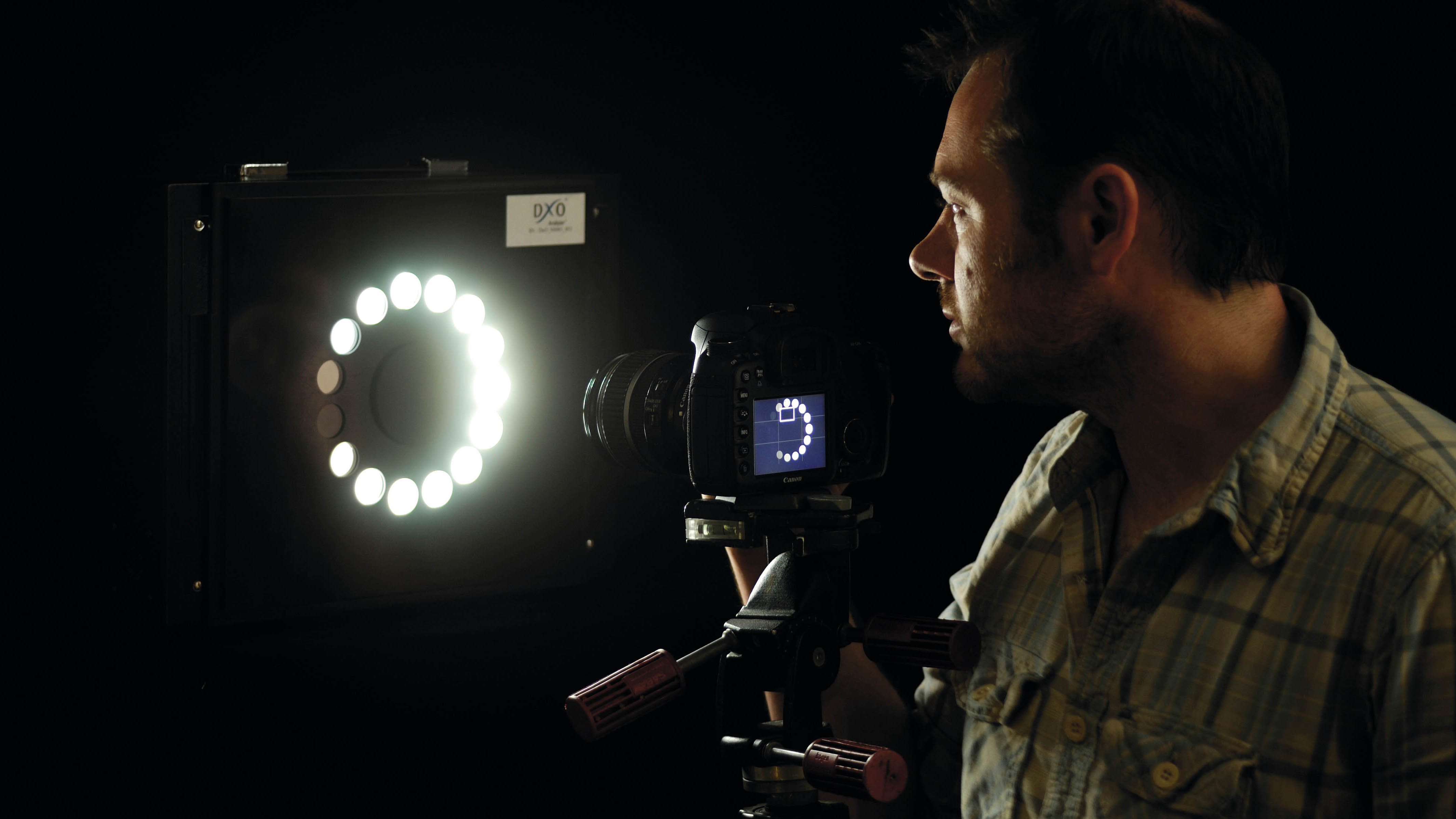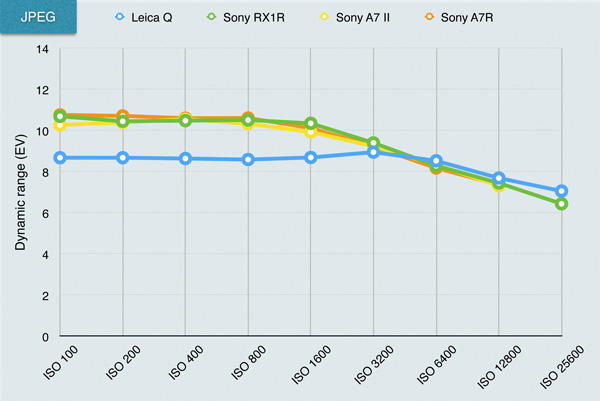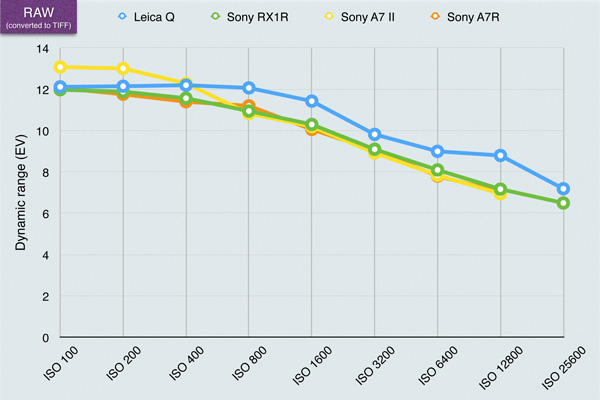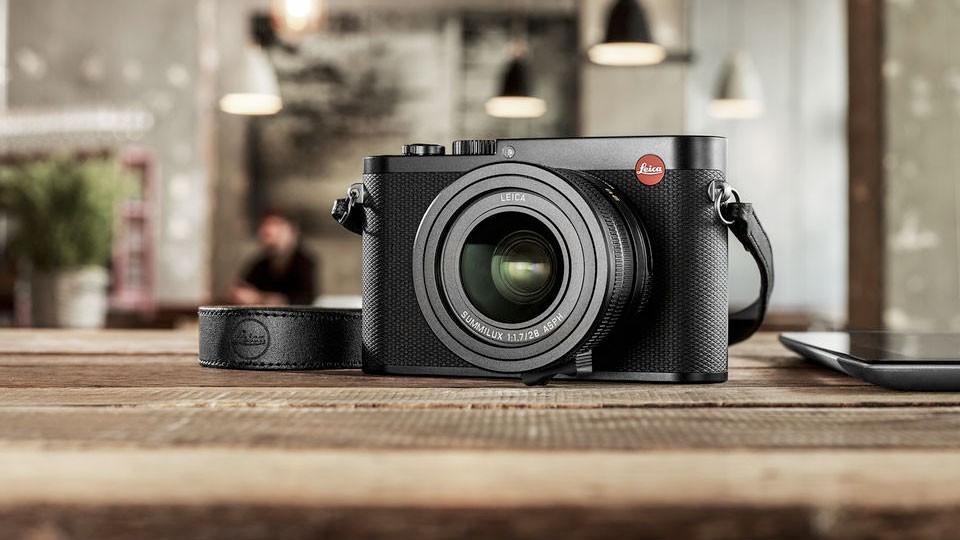Why you can trust TechRadar
Dynamic range is a measure of the range of tones the sensor can capture. Cameras with low dynamic range will often show 'blown' highlights or blocked-in shadows. This test is carried out in controlled conditions using DxO hardware and analysis tools.

Read: Noise and dynamic range results explained
Dynamic range is measured in exposure values (EV). The higher the number the wider the range of brightness levels the camera can capture. This falls off with increasing ISO settings because the camera is having to amplify a weaker signal. Raw files capture a higher dynamic range because the image data is unprocessed.
Leica Q dynamic range charts

JPEG dynamic range analysis: The Q's JPEG dynamic range scores are decidedly lacklustre and images are likely to suffer from burned out highlights or deep shadows more easily than the other cameras, but the mid-tone contrast is pleasing.

Raw (converted to TIFF) dynamic range analysis: This shows the underlying capability of the Q. Its raw files can actually capture a much wider range of tones than the JPEGs and dynamic range is maintained well into the higher sensitivity values.
Current page: Lab tests: Dynamic range
Prev Page Lab tests: Resolution Next Page Lab tests: Signal to noise ratio